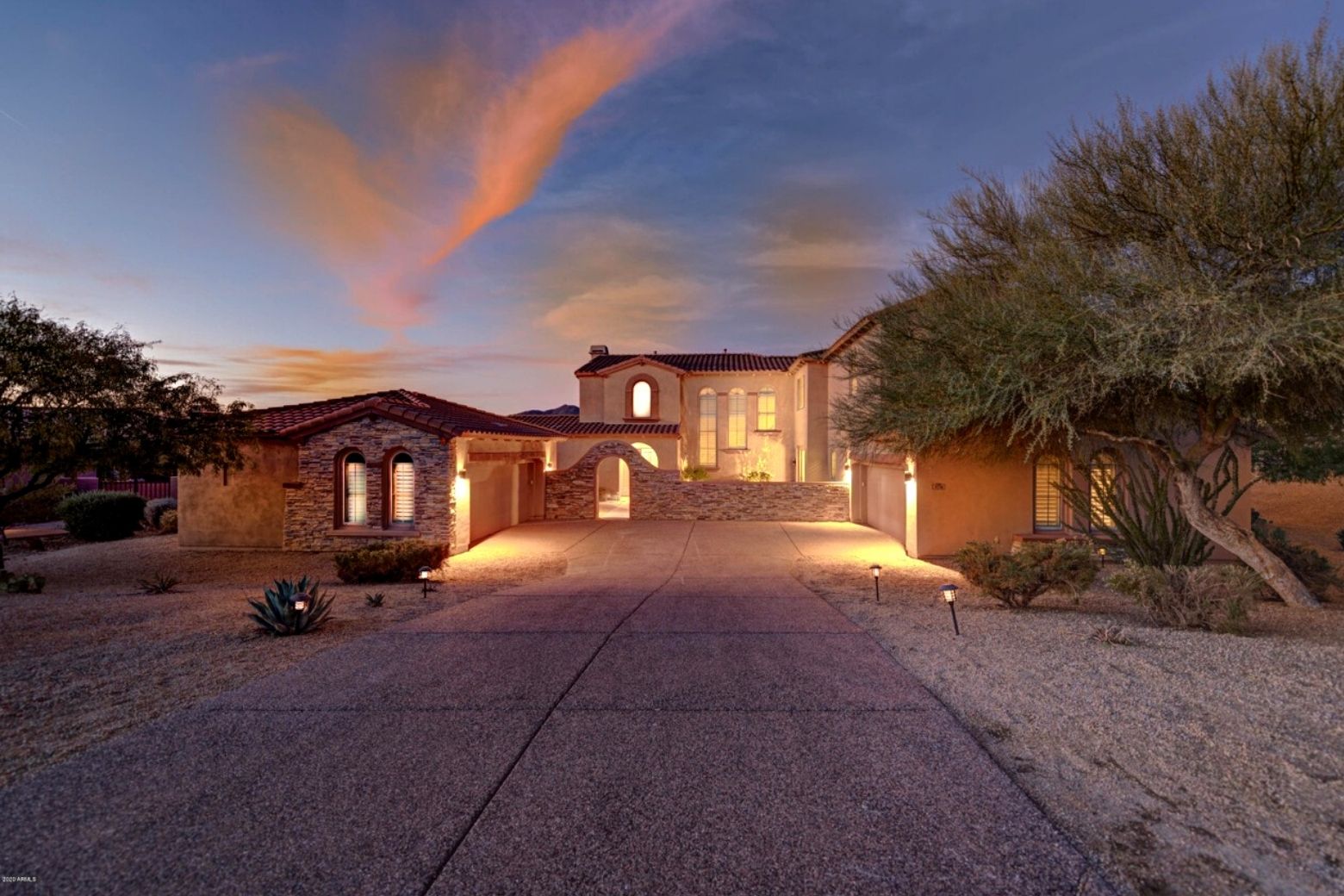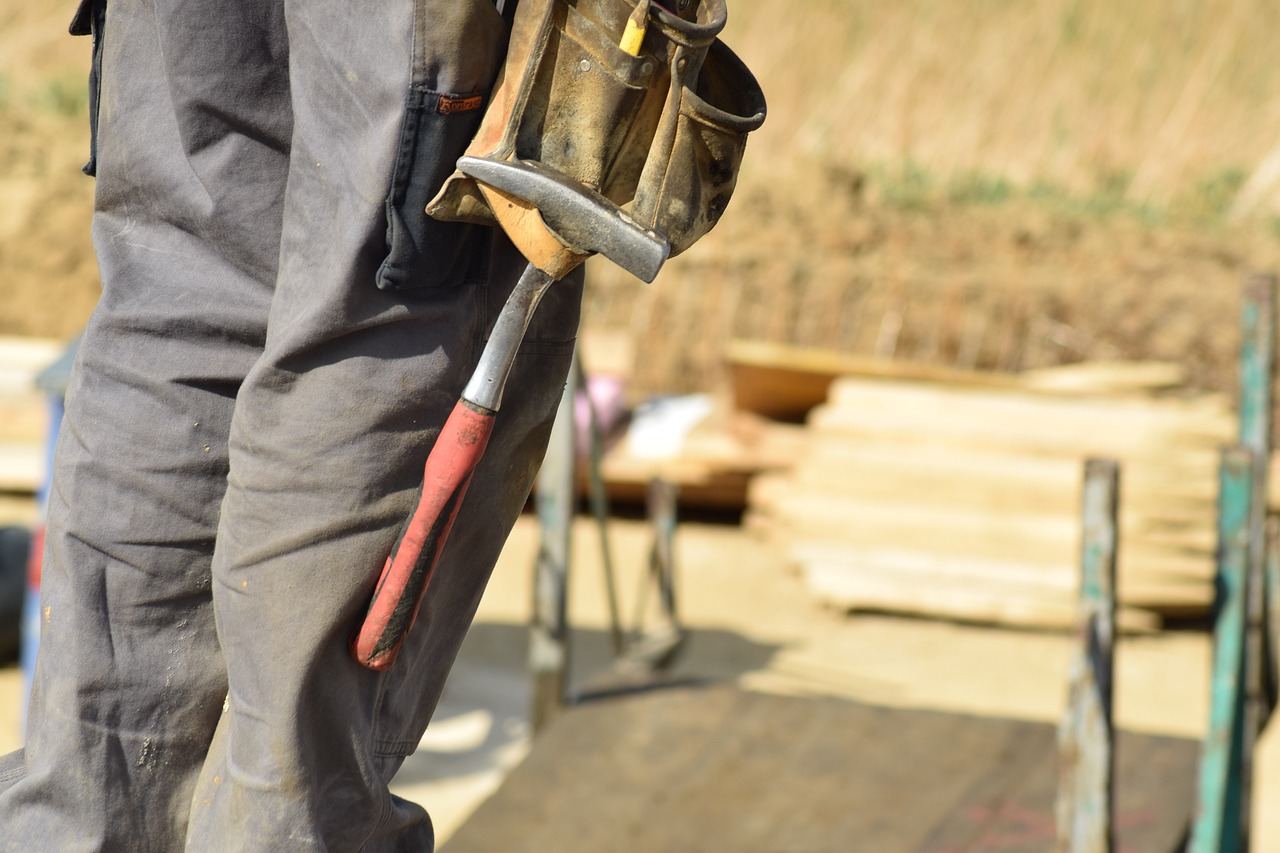The Skilled Labor Shortage
Attract Millennials Buying Homes With Targeted Renovations
If you’re a real estate agent in the US, it’s likely that many of the buyers in your area will be millennials. This group accounts for 37% of the buying market, and they’re eager to buy. In fact, 90% think now is a good time to buy and 51% plan to buy in the next couple of years.
While research from TD Bank found that almost 80% of millennials buying homes want a “move-in ready” property, millennials are less likely to have savings for a down payment. This means that it’s critical for home sellers to invest in renovations that will attract the millennial market without pushing their homes out of millennials’ price ranges.
Who are millennial home buyers?
Millennials buying homes are now between 22-37 years old, likely to have families of their own as well as a stable income. According to census data and research by Zillow, they work longer hours than previous generations and are more likely to have two working parents instead of one. Millennials also expect to stay in homes they buy for around 10 years — less time than previous generations who have expected to stay in their homes for 20 years or more. It’s no surprise, then, that millennials prioritize convenience and may never see one home as their “forever home.” As a result, they’re not interested in dedicating time and resources into updating the homes that they buy.
Naturally, millennial incomes have been rising each year. According to NAR, the median income for millennial who are buying homes — so those intending to buy a home soon — is about 82k. While many millennials understand the value of home ownership and are eager to buy, their primary pain point is saving for a down payment. This means that in addition to not having the time to dedicate toward home improvements, millennials won’t have enough savings after buying to put toward home renovations.
Which updates attract millennials buying homes?
Generally, today’s millennial buyers are looking for mid-market homes that won’t require any post-sale renovation. Even minor repairs can turn millennial home buyers off from a property. Based on millennial preferences, here are the improvements you and your seller should look into:
1. Address deferred maintenance
Even if they’re minor issues, take care of them. Millennials are more likely to reject a home because of small problems (e.g. a broken dishwasher or damaged porch light).
2. Update kitchens and baths
While updating kitchens and baths always pays off, the value goes even further with the millennial market.
3. Ensure a neutral palette is used throughout the home
Thanks to Instagram and HGTV, the universal love of neutral gray and white color schemes remains strong. But don’t stop at wall colors. Make sure everything from light switch plates and doorknobs to tiles and counters has a consistent, neutral palette.
4. Remove any carpet, wallpaper, and outdated tile — even if they’re in great condition
Sellers have a harder time accepting this renovation suggestion because it’s not intuitive to get rid of features that are in good shape. Unfortunately, these décor options are outdated and can bring down the home value.
5. Spruce up and stage any outdoor spaces
Millennials consider outdoor living space as one of the top three most important factors in choosing a home, so make outdoor spaces look fresh and usable.
Additional updates that attract millennials
Separate the laundry room
A Consumer Insights survey found that 55% of millennials say that they wouldn’t even consider a home without a separate laundry room.
Create an office
Whether it’s during the remodel or the staging process, it’s important to show the ability to have a home office, as millennials are more likely than their predecessors to work from home.
Open things up
Millennials strongly prefer open concepts. Research conducted by The National Association of Home Builders shows that 78% of millennials prioritize an open-concept living space. We particularly recommend that you open up the kitchen to the rest of the home.
Don’t make these common update mistakes
1. Don’t assume millennials’ idea of luxury matches that of older generations
Many “luxury” features popular with baby boomers aren’t attractive to millennials — think jacuzzi tubs, custom drapes, or elaborate crown moulding. Remind your sellers that pre-sale home renovations should appeal to a broad set of buyers, so their preferences may not always be the right choice.
2. Don’t create high-maintenance areas
Since millennials work longer hours and are more likely to have two working parents, high-maintenance features are deterrents. Avoid using materials that need special care (soapstone counters), are difficult to replace if damaged (imported tile), or require constant upkeep (intricate landscapes or gardens). Instead, opt for low-maintenance materials that are easy to care for and replace.
3. Avoid unnecessary splurges
Avoid features like chef’s grade appliances and expensive light fixtures. Work with your sellers to make sure that each of the updates you’re making is going to impact resale value.
Maximize sale value of your home
Especially for older homes, this list of updates may seem overwhelming. That’s where Curbio comes in. We offer turnkey pre-sale home renovations that make both Realtor®s and their sellers happy. We handle the details and manage the project from beginning to end. This means you can spend more time focused on selling homes rather than managing renovations.


